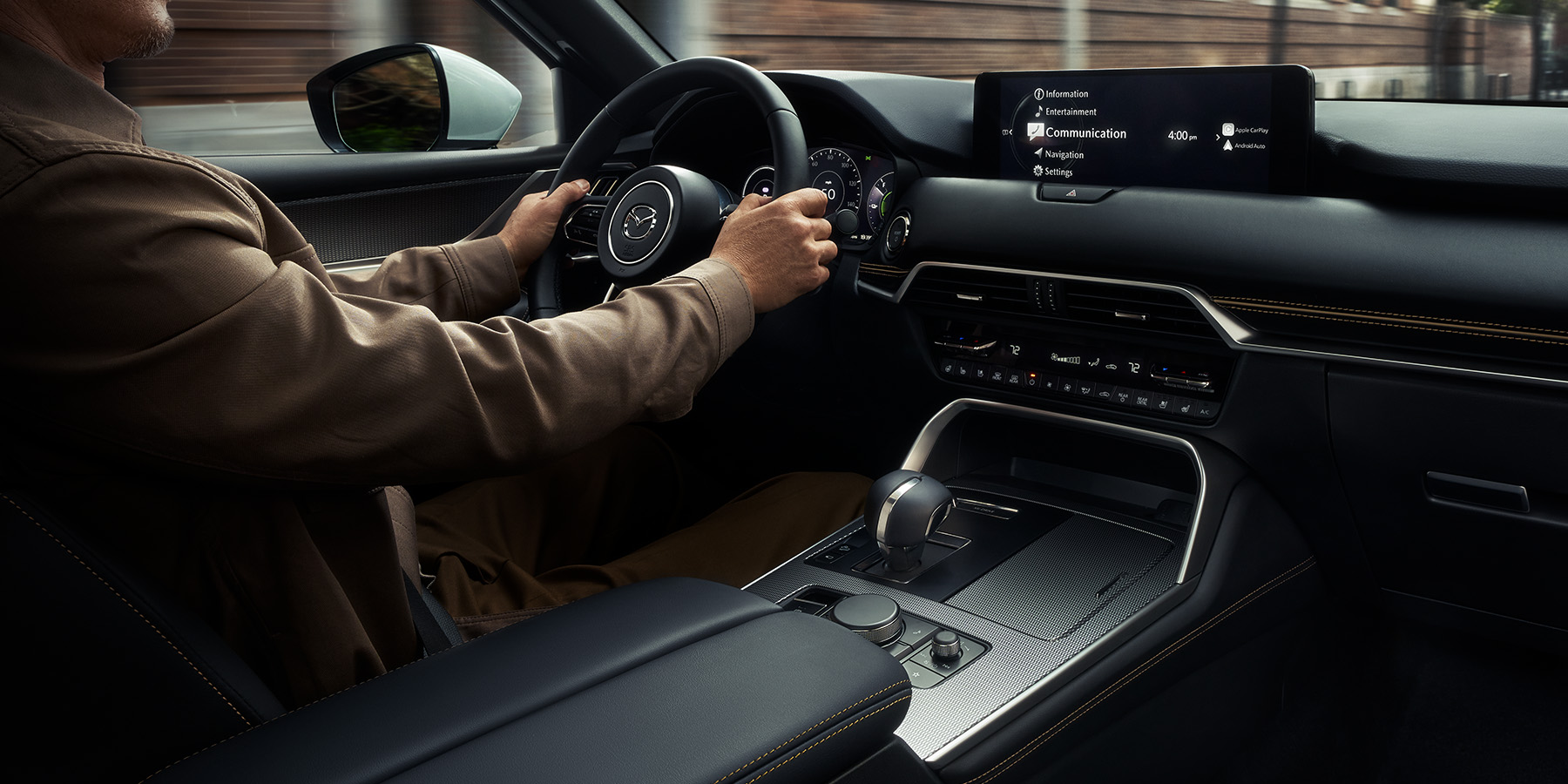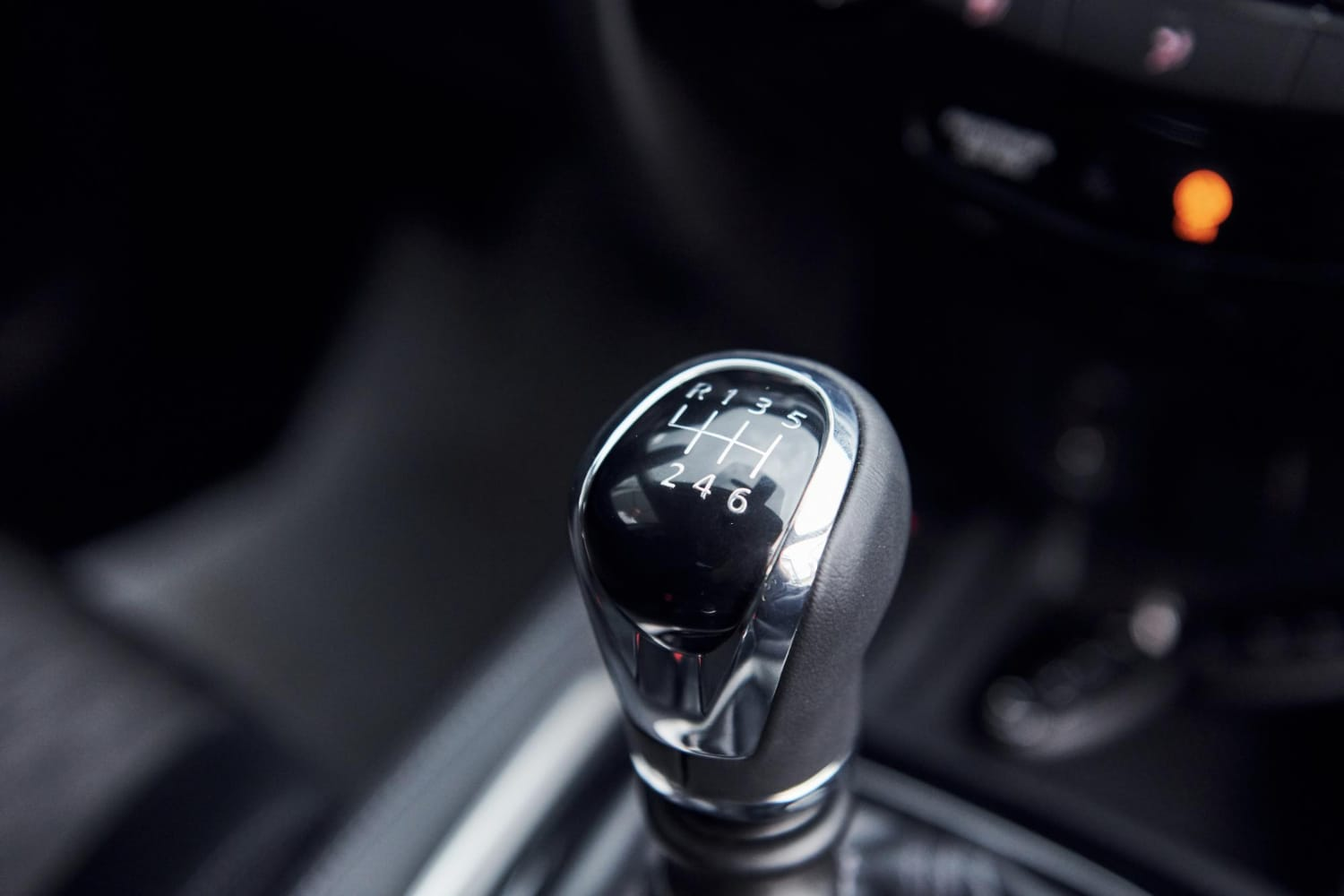
Infotainment systems have undergone a remarkable evolution, transforming from simple car radios to sophisticated integrated multimedia interfaces that redefine the driving experience. This article explores the journey of infotainment systems, highlighting their evolution, features, benefits, and impact on modern vehicles and drivers.

Evolution of Infotainment Systems:
- Early Car Radios: The inception of infotainment systems dates back to the early 1930s when car radios became standard features in vehicles. Initially offering basic AM radio reception, these systems provided drivers with entertainment during their journeys.
- Introduction of FM and Cassette Players: In the 1960s and 1970s, FM radio and cassette players were integrated into car infotainment systems, offering improved audio quality and the ability to play personal music collections.
- Digital Revolution: The 1980s witnessed the transition to digital displays and controls, with advancements such as CD players and digital audio receivers becoming standard in many vehicles. These systems provided better sound quality and expanded entertainment options.
- Integration of Navigation Systems: By the late 1990s and early 2000s, navigation systems were integrated into infotainment setups, offering drivers real-time GPS navigation, route guidance, and traffic updates to enhance convenience and reduce travel times.
- Touchscreens and Connectivity: The 2010s marked a significant shift towards touchscreen interfaces, integrating smartphones, Bluetooth connectivity, and voice recognition technology. These advancements allowed drivers to access media, make calls, send messages, and control vehicle functions hands-free.
Features and Benefits of Modern Infotainment Systems:
- Multimedia Integration: Modern infotainment systems offer comprehensive multimedia capabilities, including AM/FM radio, satellite radio, MP3 playback, streaming services, and USB/Bluetooth connectivity for seamless integration with smartphones and digital media players.
- Navigation and Real-Time Information: Built-in GPS navigation systems provide turn-by-turn directions, traffic updates, and points of interest (POI) information, enhancing driver convenience and reducing reliance on external devices.
- Voice Control and Gesture Recognition: Advanced infotainment systems feature voice commands and gesture recognition technology, allowing drivers to control audio, navigation, and communication functions without taking their hands off the wheel.
- Integration with Vehicle Systems: Infotainment systems interface with vehicle diagnostics and control systems, providing real-time information on fuel efficiency, maintenance alerts, tire pressure, and climate control settings.
- Entertainment for Passengers: Rear-seat entertainment options, including screens, DVD players, and wireless headphones, cater to passengers’ entertainment needs during long journeys, enhancing overall comfort and enjoyment.
Impact on Driving Experience:
- Enhanced Connectivity: Infotainment systems foster connectivity between drivers, vehicles, and external environments, enabling seamless communication, entertainment, and access to information on-the-go.
- Safety and Convenience: Voice control and hands-free operation reduce driver distraction, enhancing safety while maintaining connectivity and control over infotainment functions.
- Customization and Personalization: Customizable interfaces and settings allow drivers to personalize their infotainment experience, adjusting audio preferences, navigation settings, and display layouts to suit individual preferences.
Future Trends in Infotainment Systems:
- Integration with AI and Machine Learning: Infotainment systems will leverage AI algorithms and machine learning to anticipate driver preferences, optimize route planning, and provide personalized recommendations based on past behavior and contextual data.
- Augmented Reality (AR) and Virtual Assistants: AR interfaces and virtual assistants will enhance user interaction with infotainment systems, overlaying navigation prompts, POI information, and contextual alerts directly onto the windshield or heads-up display (HUD).
- 5G Connectivity and Cloud Integration: Enhanced connectivity through 5G networks and cloud integration will enable real-time updates, streaming services, and remote vehicle management features, transforming infotainment into a dynamic and responsive ecosystem.
Conclusion:
Infotainment systems have evolved from humble car radios to sophisticated multimedia interfaces that integrate entertainment, navigation, connectivity, and vehicle control functionalities.

As automotive technology continues to advance, infotainment systems will play a pivotal role in enhancing the driving experience, promoting safety, connectivity, and personalized comfort for drivers and passengers alike. Embracing innovation and user-centric design will be key to shaping the future of infotainment systems as integral components of modern vehicles.





